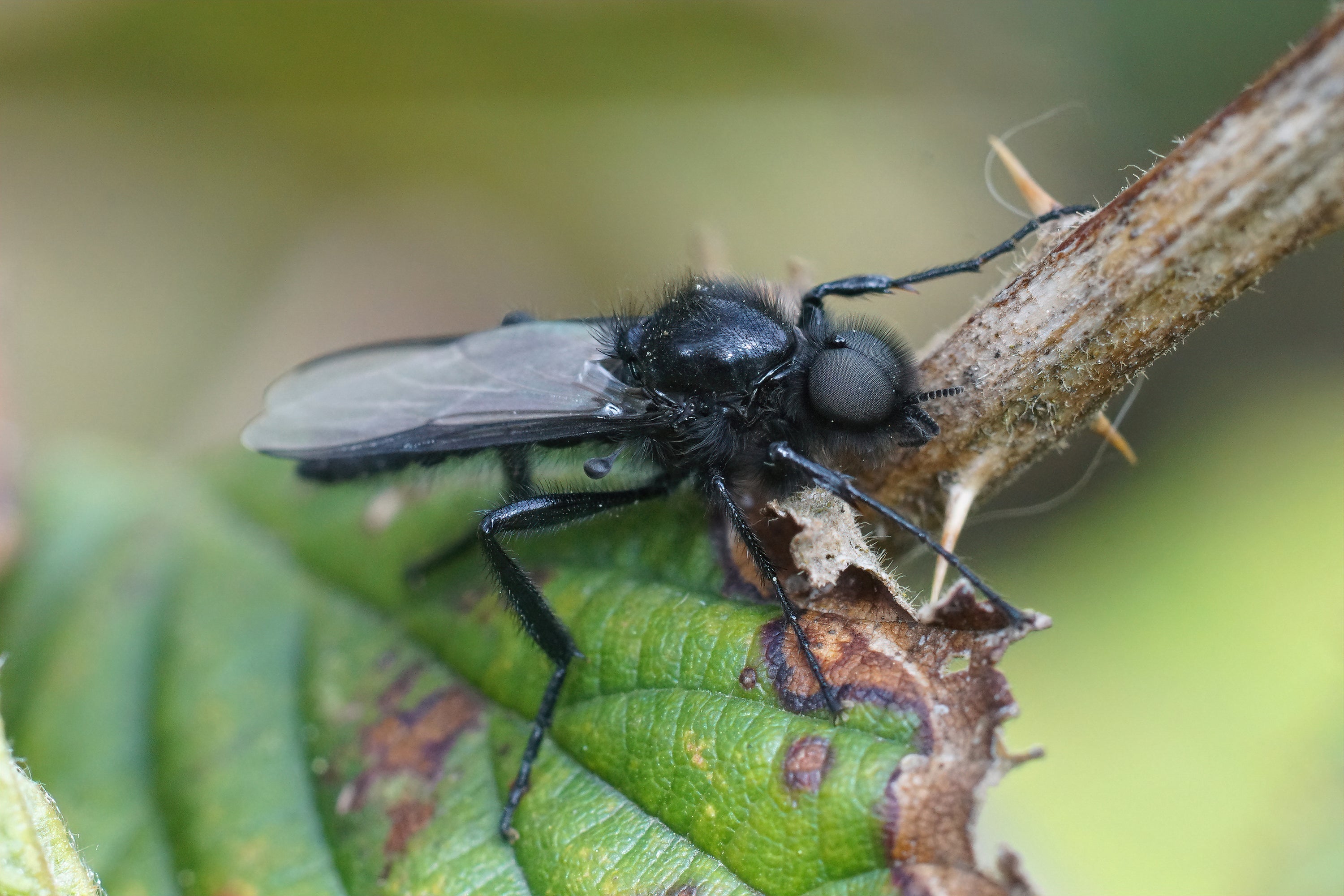Midges are one of the largest families within the order diptera, Diptera, to which among other things also hornbills belong. They have a complete transformation, holometabol, where they go from egg to larva, pupa and finally adult winged insect, called imago. What separates the midgesfrom the stinging mosquitoes, which we generally do not immediately love, is that they lack a suction proboscis with which they can be stung. Midges form one of the most important links in the food chain for many aquatic insects and animals, not least fish. In addition, they are one of nature's true survivors. There are species that live in fresh water, others in brackish water and a couple that thrive in salt water. Some handle drought excellently, others freeze in extreme cold and several cope with acidified or alkaline watercourses. In Sweden, 500 species of midges have been found and their occurrence is enormously abundant. The larvae have hemoglobin in their blood and are therefore able to live in extremely low-oxygen environments. This also means that the larvae of many species are red in colour.
Small and uninteresting says the inexperienced, small and highly interesting says the experienced. Because that's how it is, the size is not interesting for the fish, it's the availability, the amount of a certain insect species that decides. And when it comes to midges, the amount is often noticeable. Overlooking these very small insects, or other similar small insects, is a big mistake. Because in all waterways they occur, from cold jocks in the north, to salt-sprinkled cobbles on the west coast. And wherever they are, the fish will eat them and in abundance. Midgesimitations also work excellently for imitating basically all small insects that live in or around water. They are simply too small for the fish to distinguish the smallest detail. But don't be fooled, a duster won't do the job, nor will an imitation too thick, too big or too long. That's how much the fish can distinguish, not least when they become selective. Correct imitation is crucial even for the smallest of insects.

